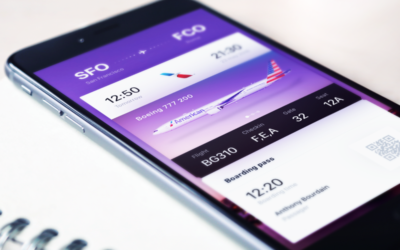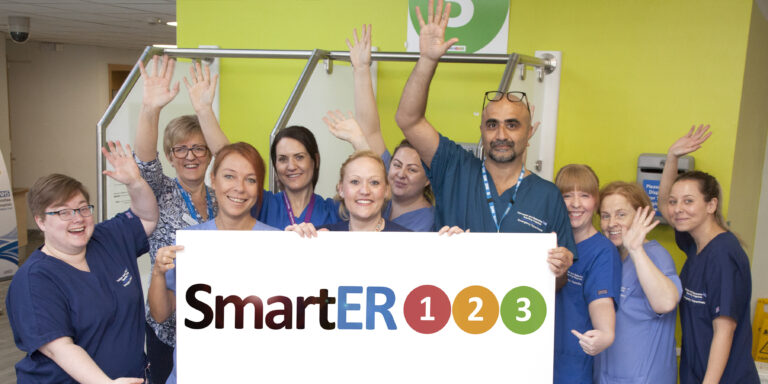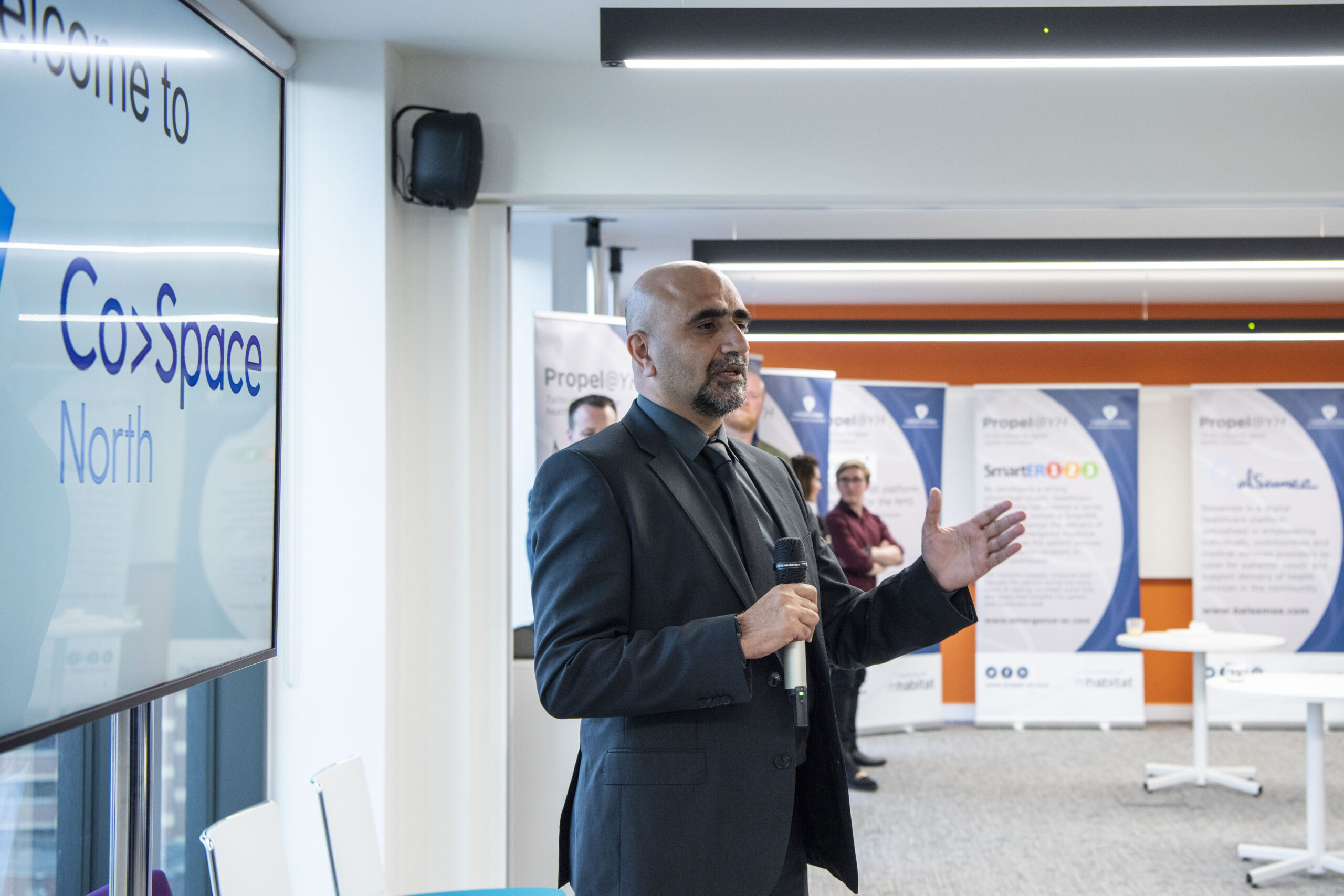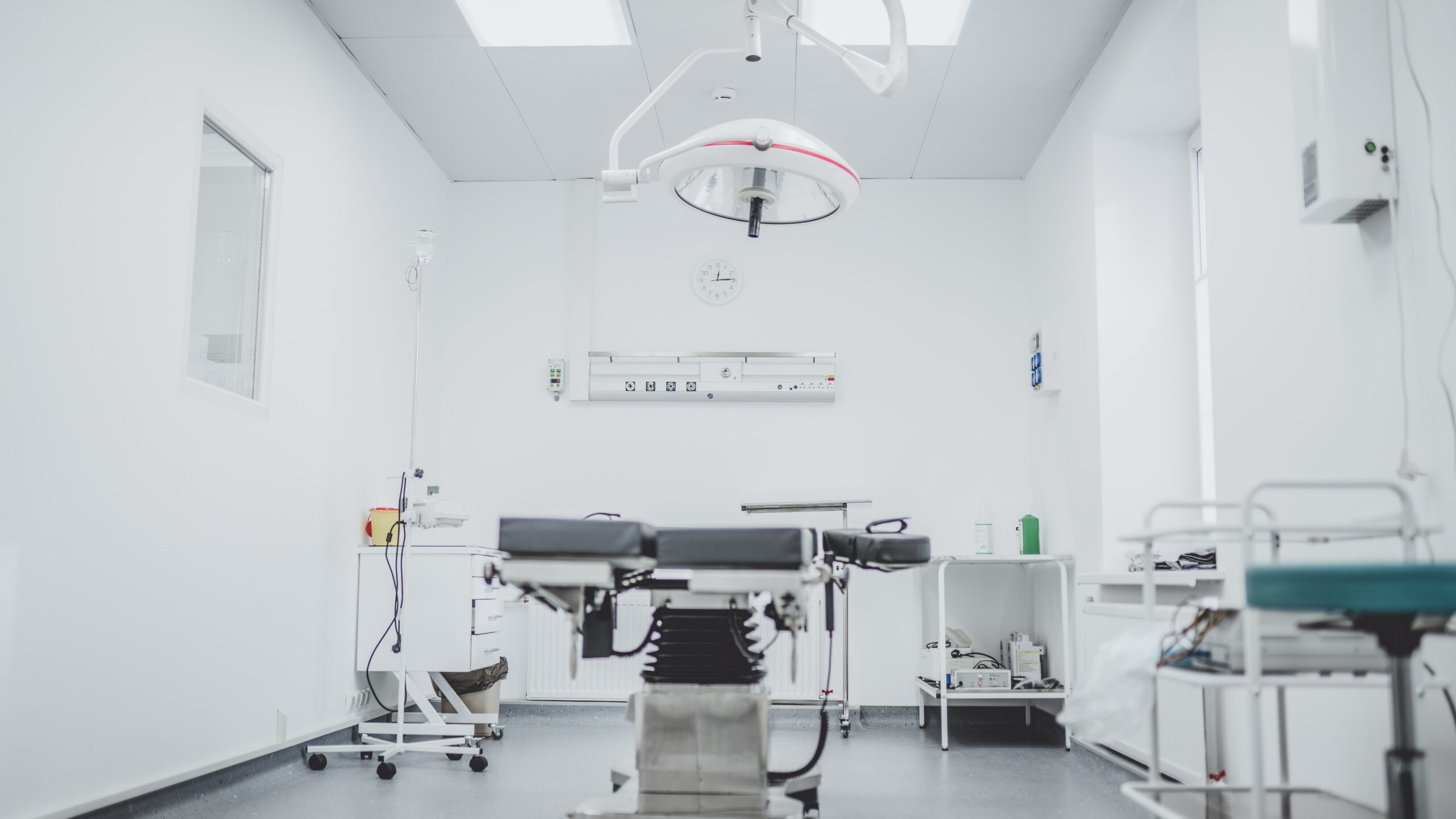Why did you start Healthcare Engineering?
After many years of experiencing and studying this environment at a senior level within the NHS, we felt that there was a true need to change the way in which patients engage with the emergency department and its services. Urgent care has remained fairly static in how it’s delivered since the introduction of emergency departments. We want to move the service forward; making use of technology to ensure we get the most from waiting patients and actively involving them in their own treatment.
Statistics show that up to 90% of a patient’s time in the emergency department could be spent waiting to be seen. This is not only frustrating for the patient, it’s also a significant amount of wasted time that could be put to better use in order to get more information on symptoms and background data.
Tell us more about the tech behind the product.
We started out by creating a conceptual model called Emergence-ER and from this, we developed a modular computer-based solution called Smart-ER. Smart-ER looks to revolutionise the delivery of frontline emergency medicine and change the patient journey from passive recipient to active contributor.
Smart-ER is designed to engage, empower and educate the patient during the many hours of waiting, creating extra time and space that benefits the patient and healthcare staff, whilst having the potential to reduce overall waiting times.
It currently works with EMIS, the biggest single provider of EPRs (electronic patient records) to emergency departments in the UK. The solution enables a two-way dialogue with the patient during their wait, as it allows them to enter their healthcare information directly to their medical record. This is by way of an online questionnaire, which forms part of the patient’s medical record upon completion.
Following this initial interaction, a cloud-based ‘health space’ is created to enable information to be sent back to the patient. They will receive bespoke information about their illness or injury in audio and visual formats, which can be accessed at any time by using their own smart device. The information presented to the patient is based on triggers from answering the questionnaire and is completely individual to the patient.
Where are you at right now?
We have completed a proof-of-concept study, a pilot study and an economic evaluation for Smart-ER, which shows multiple benefits. We already have an NHS contract with a large teaching hospital, and we are in the process of implementing an updated version of Smart-ER, which we will take to market.
We’re delighted at the response we’ve had to Smart-ER, and have had local, regional, national and international interest in the clear benefits it can bring.
We’re also always looking for new opportunities to continue learning and improving in business, technology, science and innovation. For example, Healthcare Engineering is currently participating in Propel@YH, the Yorkshire and Humber region’s first digital health accelerator. This Leeds-based programme is delivered by the Yorkshire & Humber Academic Health Science Network (AHSN) in partnership with [NHS-owned co-design specialists] mHabitat, and is helping us to navigate the complex healthcare landscape and build an NHS-relevant business case.
What are your aims for the next year?
Our short-term goal within the next 12 months is to be able to implement the Smart-ER solution in local UK hospitals, and to develop a children’s edition and an updated version with an improved user interface, in parallel with sales.
We’ll also commence work on integration with other UK and non-UK EPRs, and we’re looking to progress a new solution, based on SmartER, to be operational at a pre-hospital level.
What’s been the hardest thing about getting Healthcare Engineering off the ground?
Emergency departments have been functioning in the same way for more than 50 years. This needs to be radically overhauled, but there seems to be a real fear of change in NHS, despite the mantra that disruption is needed.
The technology is ready to make the change – even the patients are ready make the change. However, our hospitals, healthcare staff and departments are the most difficult areas to in which to effect the change.
Of course, evolution always brings its challenges, especially for a large and complex service like the NHS, but by not making the transformation it won’t be able to deliver what it needs to deliver in the years to come.
This is most definitely the biggest challenge, but it’s our belief that it’s feasible. We believe that our solutions are part of the necessary and potential changes that need to be made to help deliver a world-class health service.
How much will it cost healthcare providers, and why should more be using it?
Simply put, Smart-ER improves communication, reduces variation and lowers running costs, whilst improving safety and standard of patient care.
The cost of using Smart-ER is estimated to be approximately £1 per patient, which proves that the solution is advantageous from a financial viewpoint.
There are many tangible benefits, and these include the improvement of clinical productivity and efficiency, outreach care, patient education and health behaviour. It also helps to reduce patient waiting times, and the likelihood of complaints, negligence claims, breaches and unnecessary returns.













